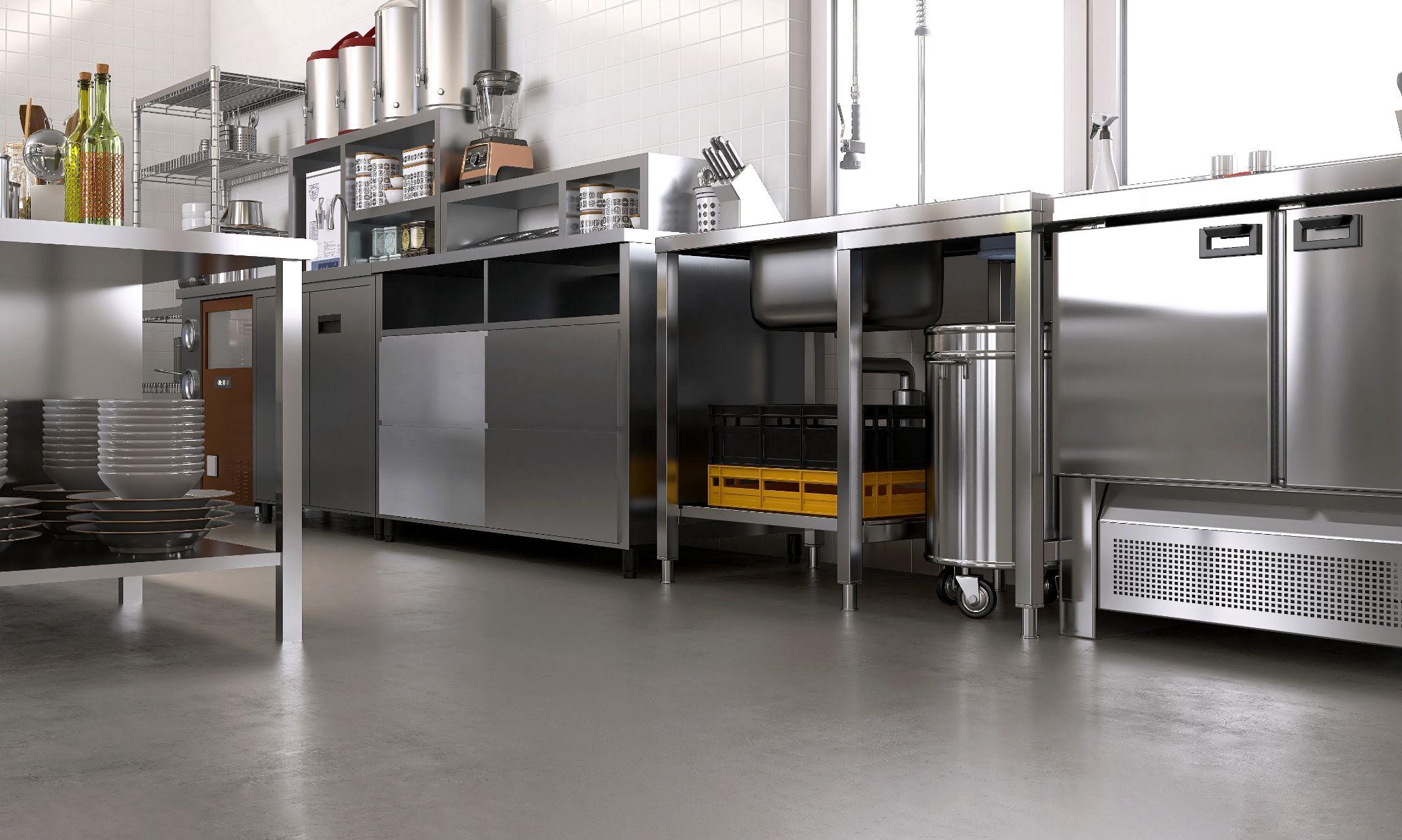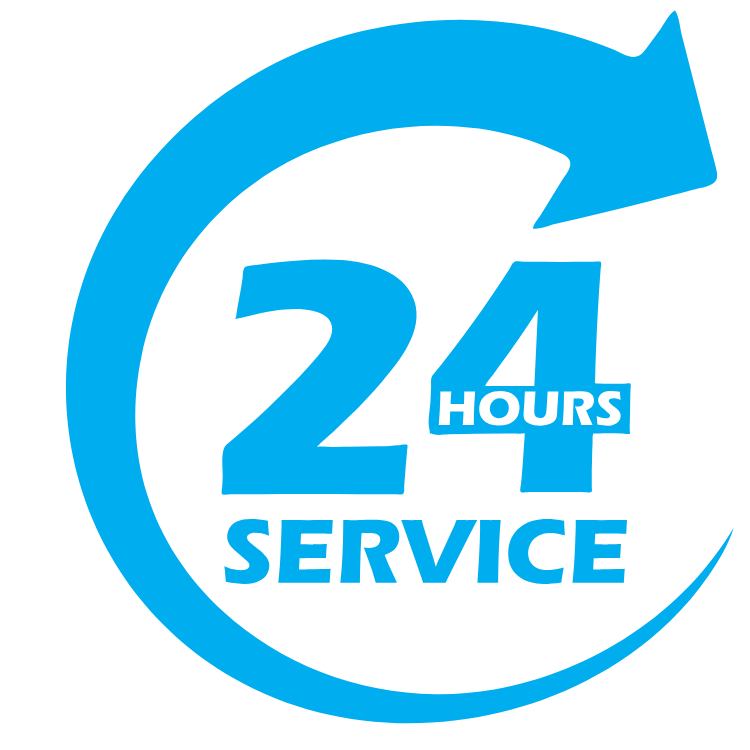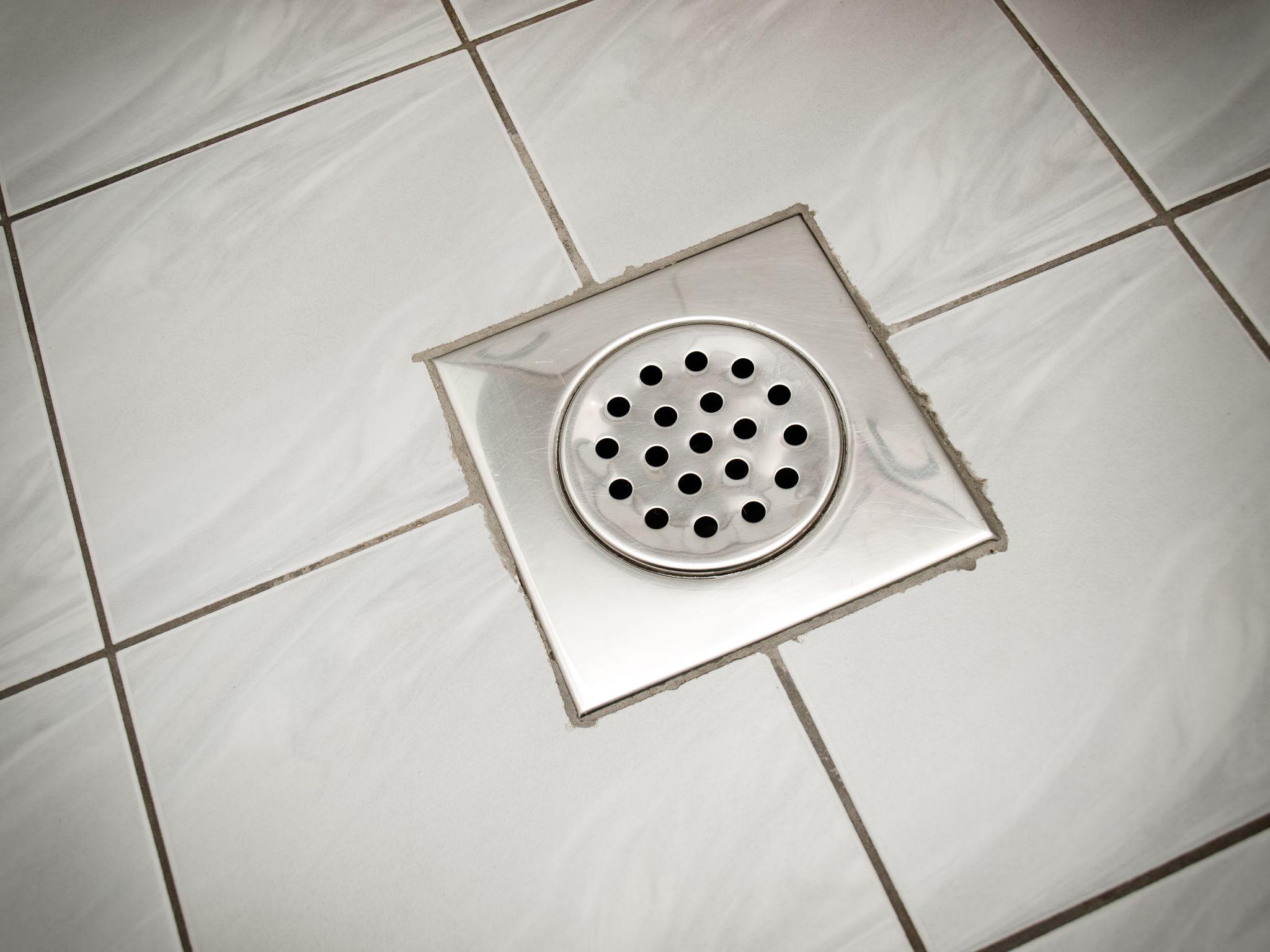LICENSED, INSURED & BONDED SINCE 1985 WITH 35 YEARS OF EXPERIENCE • (818) 483-0139
Maintaining a clean and functional floor drain is essential for any commercial establishment. Whether it’s a drain in a public bathroom, industrial factory, or restaurant kitchen, regular cleaning is crucial to preventing unpleasant odors, flooding, and costly repairs.
 The frequency of cleaning your commercial floor drain depends on the nature of your business. For high-traffic areas such as restaurants, kitchens, and gyms, a weekly cleaning schedule is recommended. For other commercial spaces, a monthly cleaning might suffice. Regular inspections can help determine the need for more frequent cleaning.
The frequency of cleaning your commercial floor drain depends on the nature of your business. For high-traffic areas such as restaurants, kitchens, and gyms, a weekly cleaning schedule is recommended. For other commercial spaces, a monthly cleaning might suffice. Regular inspections can help determine the need for more frequent cleaning.
Why You Should Clean Your Floor Drain
A well-maintained floor drain ensures your commercial space remains hygienic and safe. Clogged drains can lead to water damage, health hazards, and operational disruptions. Regular drain cleaning helps with:- Preventing Odors: Debris and stagnant water in the drain can produce foul smells.
- Avoiding Floods: Blocked drains can cause water to back up, leading to flooding.
- Maintaining Hygiene: Clean drains prevent the buildup of bacteria and mold.
- Ensuring Smooth Operations: A functional drain helps in maintaining the efficiency of your business operations.
- Extending Drain Lifespan: Regular cleaning reduces wear and tear, prolonging the life of your drainage system.
How to Clean a Floor Drain
Cleaning a commercial floor drain may seem daunting, but there are some DIY steps you can take to help keep your drains clean and clear. Before calling a plumber for a slow or stopped floor drain, you can try the following to see if it helps fix the issue.1. Gather Your Supplies
Before you start, make sure you have all the necessary supplies:- Rubber gloves
- Bucket
- Screwdriver
- Drain snake or auger
- Plunger
- Baking soda and vinegar
- Hot water
- Bleach (optional)
- Pipe brush
2. Remove the Grate
Using a screwdriver, carefully remove the grate covering the drain. Place the screws in a safe spot to ensure they don’t get lost.3. Clear Debris
Use your hands (with gloves on) or a pipe brush to remove any visible debris from the drain. This might include hair, food particles, or other solid materials.4. Use a Plunger
Place the plunger over the drain and create a seal. Push and pull the plunger to dislodge any blockages. This can help remove clogs that are not too deep.5. Apply Baking Soda and Vinegar
Pour a cup of baking soda into the drain, followed by a cup of vinegar. The chemical reaction helps break down grease and other buildups. Let it sit for about 15 minutes.6. Flush with Hot Water
After the baking soda and vinegar mixture has done its job, flush the drain with boiling water. This helps to clear out any remaining debris.7. Use a Drain Snake or Auger
For deeper clogs, use a drain snake or auger. Insert it into the drain and turn it to catch and pull out the blockage. Repeat if necessary until the drain is clear.8. Sanitize (Optional)
To ensure your drain is completely clean and free of bacteria, you can pour a diluted bleach solution into the drain. Let it sit for a few minutes before flushing it with hot water again.9. Replace the Grate
Once you’ve ensured the drain is clear, replace the grate and secure it with the screws.How Often Should You Clean Your Floor Drain?
 The frequency of cleaning your commercial floor drain depends on the nature of your business. For high-traffic areas such as restaurants, kitchens, and gyms, a weekly cleaning schedule is recommended. For other commercial spaces, a monthly cleaning might suffice. Regular inspections can help determine the need for more frequent cleaning.
The frequency of cleaning your commercial floor drain depends on the nature of your business. For high-traffic areas such as restaurants, kitchens, and gyms, a weekly cleaning schedule is recommended. For other commercial spaces, a monthly cleaning might suffice. Regular inspections can help determine the need for more frequent cleaning.






